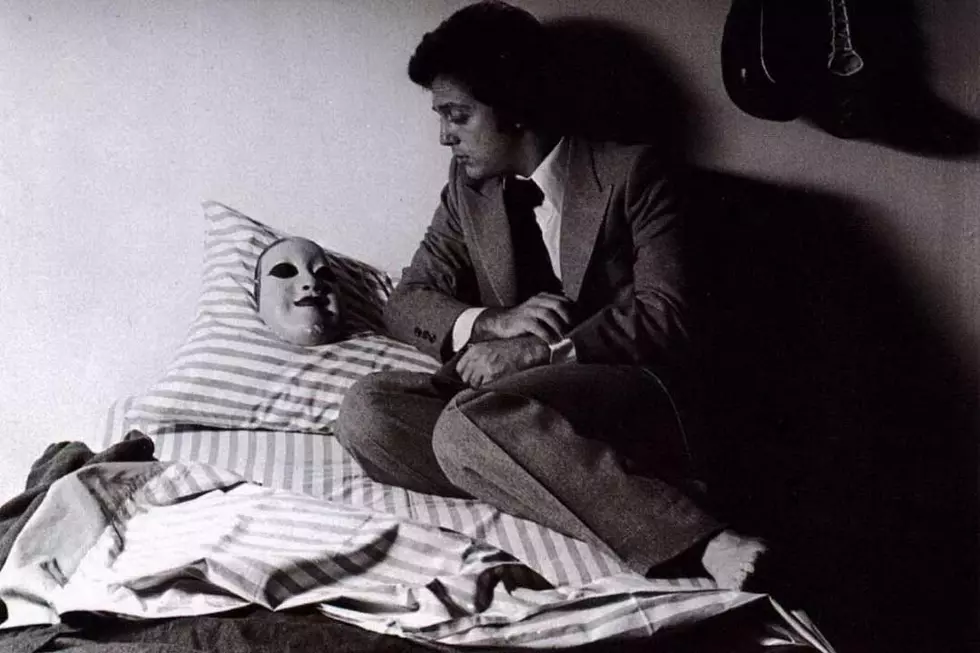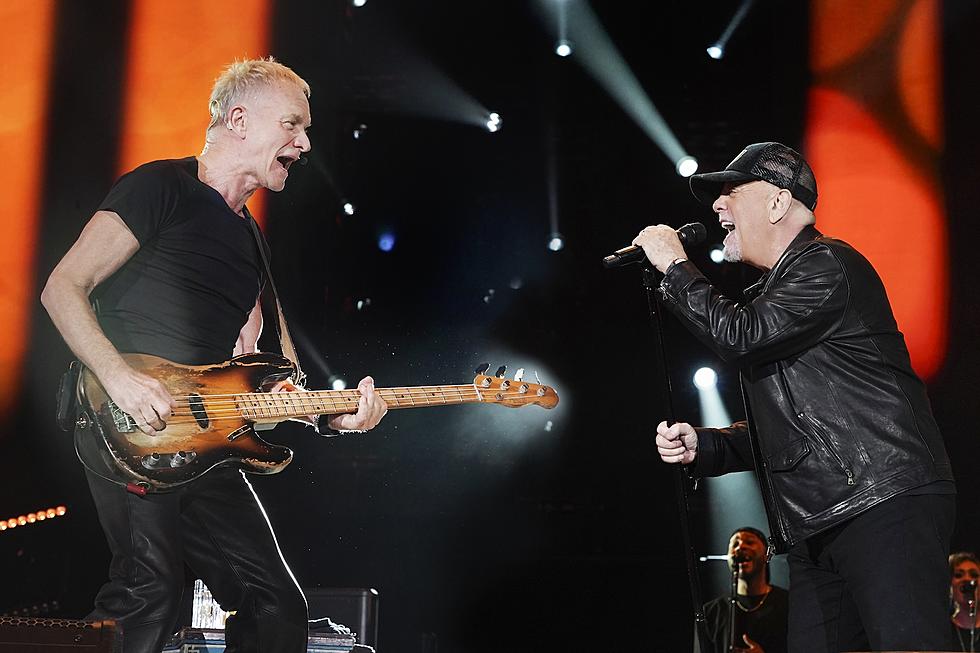
How Billy Joel Finally Hit the Big Time With ‘The Stranger’
It's easy to forget, all these years later, that Billy Joel was pretty much a no-name struggling singer-songwriter when The Stranger came out on Sept. 29, 1977.
"Piano Man," which was released three years earlier, is generally acknowledged as his best song, his signature track and the tune that gave him his first charting single. But back when it first came out, "Piano Man" pretty much had all the presence and chart action of, say, Dean Friedman's "Ariel," which peaked at No. 26 (just one notch below the No. 25 showing by "Piano Man") a few months before The Stranger was released.
It wasn't until The Stranger, Joel's fifth record as a solo artist, that he finally hit the Top 10 on both the albums and singles charts. That's when people started to pay attention to Billy Joel.
"Just the Way You Are" was the song that rocketed to No. 3, propelled The Stranger to No. 2 and made Joel a household name. But the album was much more than that song – which, frankly, is kinda sappy, super dated and not at all where Joel's heart really lied at the time. For almost 45 minutes, Joel rolls through his best collection of songs with a determination that reflects his frame of mind. It was make or break time for him, and he knew it. Only at the very end does he lose some steam. But by then listeners were hooked, and Billy Joel was on his way to becoming one of pop music's biggest stars.
The list of songs are now classics: "Movin' Out (Anthony's Song)," "The Stranger," "Scenes From an Italian Restaurant," "Vienna," "Only the Good Die Young," "She's Always a Woman." And he didn't stick to just one place. His singer-songwriter past was there on songs like "Movin' Out"; it got bigger and more ambitious on the seven-and-a-half minute "Scenes From an Italian Restaurant." There were Beatles-esque pop turns ("She's Always a Woman") and piano-driven rock 'n' roll sex songs ("Only the Good Die Young").
Listen to Billy Joel's 'Only the Good Die Young'
Before he made scene-specific albums – the jazzy 52nd Street, the punk-inspired Glass Houses, the serious The Nylon Curtain and the '60s throwback An Innocent Man – Joel filtered all his influences into a record that summed up where his life and music in the up-until-then fruitless '70s were heading for him. In turn, The Stranger is Joel's least fussy album – no gimmicks, no themes, no purpose. Just music, and that's why it became a hit.
It helped that all the other pieces came together too. Joel initially wanted to work with Beatles producer George Martin. When Martin asked to use musicians other than Joel's touring band on the record, however, the singer began looking for someone who didn't want to break up a group which had become a pretty tight unit since coming together for the previous year's Turnstiles album and tour.
That someone turned out to be Phil Ramone, who got his start as an engineer on jazz records in the '60s but whose production on Paul Simon's Grammy-winning Still Crazy After All These Years LP catapulted him to the top of the list for artists who wanted someone to inject big-city sophistication into their music.
The pairing turned out to be inspiring for both parties, and proved to be a lasting one. Ramone produced every Joel album through 1986's The Bridge: six Top 10 LPs, two of them No. 1s. Neither had ever made an album as rewarding as The Stranger.
From the opening "Movin' Out" to the closing "Everybody Has a Dream," which incorporates a part of the album's title song, the LP flows together like a late-night stroll through New York City's streets, told by someone who not only knew them well but could relate their stories with empathy and humor. Joel moved back to his hometown a couple years earlier, after spending some time in Los Angeles looking for his big break. The Stranger was a homecoming, a love letter and that big break all rolled into one.
Top 40 Singer-songwriter Albums
More From Ultimate Classic Rock









